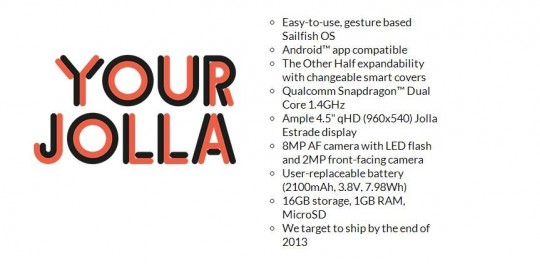
Google made sweeping changes late last month to its policies for developers on Play, the official store for apps that run on Android, Google’s smartphone operating system.
The changes, which among other things affect how ads are displayed and permissions sought, are meant to make Android safer so users can download and use apps with confidence. Developers have until later this month to make the changes. Those that run afoul of the new rules after the deadline will find their apps deleted.
If the past few months are any indication, the Play store will experience a major purge. Google does not disclose or publicly comment on how many apps it removes from its store every month. But Priori Data, an app-market research firm based in Berlin, estimates that in the month through Aug. 9, more than 36,000 apps were removed from Google Play.
That may not sound significant compared with the roughly 950,000 apps in the store, but in the same period, the number of apps available on Play only increased by 35,000. That means one app was removed for every two new apps that came to the Play store. According to Zscaler, a security firm, one in every five apps available on Google Play has some sort of problem with it.

The numbers have been fairly consistent. As per Priori’s data, it is not uncommon for between 25,000 and 35,000 apps to be removed in any given month.
The Perils of “Open”
Google makes a big deal about being an open marketplace. Unlike Apple, it does not vet apps before they become available in its store. The idea is to make Android a more welcoming platform, one that is not subject to the whims of the store owner. The problem is that it also makes Android much more vulnerable to attacks.
Early in 2012, Google unveiled Bouncer, an automatic scanner that checks for malware, spyware and trojans when apps are submitted to Google Play. That catches some of the more obviously undesirable apps — the ones with bad code.
But it misses apps that infringe on copyright, contain what Google considers undesirable content (hate speech, sexually explicit material, gambling and so on), and ones that more skillfully hide their malicious nature. Even so, as the number of apps seeking approval goes up, the speed at which Google allows them onto its marketplace is going down. Until last year, apps went live on Play within five minutes of submission. It now takes several hours, according to one developer.
Google also encourages users to be vocal about negative experiences so it can find and remove bad apps. But some malicious apps are very clever indeed. Joji Hamada of Symantec, a large computer security company based in California, recently found a spate of Japanese scam apps that require users to willingly and very consciously take a series of steps that eventually result in the phone owner being slapped with an “annual fee” of 315,000 yen ($3,100) just to look at some dirty videos.

Three developers known to upload malicious apps. Symantec
Even apps that are less clever can cause damage to phones, Android’s reputation, and the bank balance of both users and Google. The stories, once you start looking for them, are endless. Some 2 million people downloaded one of 32 apps that installed malware masquerading as free apps before the apps were pulled earlier this year. Others fall for anti-malware apps that turn out to be phony.
Not all removed apps are malicious. Some are taken down by the developers. Others run afoul of Google’s policies. Many are just frustrating and pointless: “Ad-related apps probably make up the majority of those removed from stores,” Hamada told Quartz. “Developers can make healthy profits from display advertising such as pop-ups, displaying notification ads at the top of the screen.” In addition, adblockers are also banned from Play, though people can still download such apps elsewhere.
Closing In
Still, being a “closed” system like Apple’s App Store is not easy either. Despite an extensive review process that can take as long as two weeks before an app is approved, undesirable apps manage to sneak into the App Store as well. One of the most common problems is copycat apps.
When a new app becomes popular, developers simply copy the icon and name and reap the benefits of easily fooled users. Worse, some developers complain that Apple is slow to respond to their requests to remove the imitators. Malware also manages to sneak in. Yet Apple’s store retains the trust of both consumer and business users. Google has managed to catch up to Apple in the number of apps it offers and far exceed iPhones in market share. But trust is something it is still fighting to establish.
Little surprise then that Google does all it can to remove offending apps as swiftly as possible. Hence Google’s new policy that explicitly bars certain things, like allowing users to pay through a non-Google mechanism. If apps are forced to accept payment only through Google, it should in theory make it easier for Google to ensure such payments are legitimate, safeguarding its and Android’s reputation.
But that will take time. For now, Google Play remains a tempting target for scammers and attackers. ”A relatively typical fraudulent app can be spotted, reported and removed in about half a day as we know what we’re looking out for,” Hamada said. “However, scammers can also just as easily post up a new one the next day. Half a day is all they need to make a quick profit.”
Image: Neilson Barnard/Getty Images for Samsung
Source: Mashable












